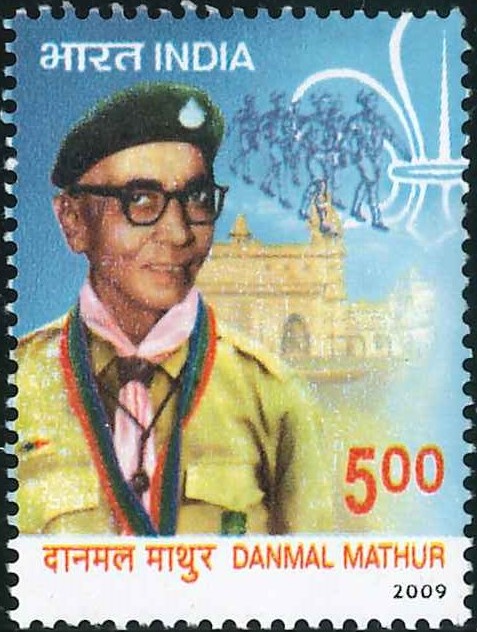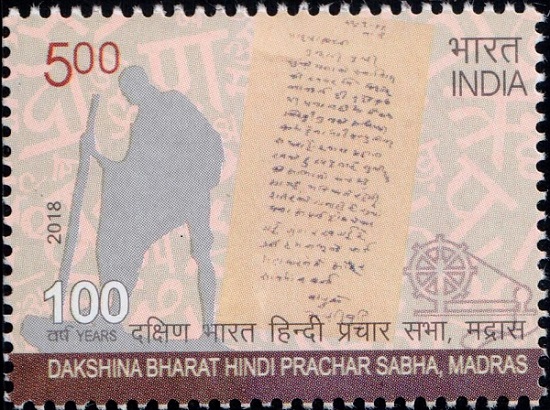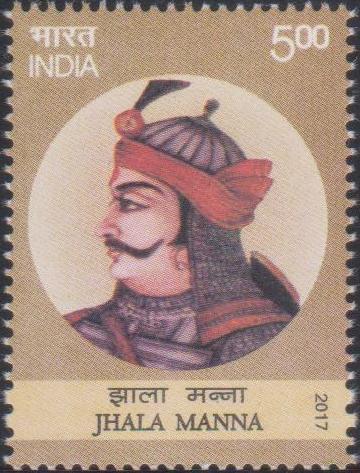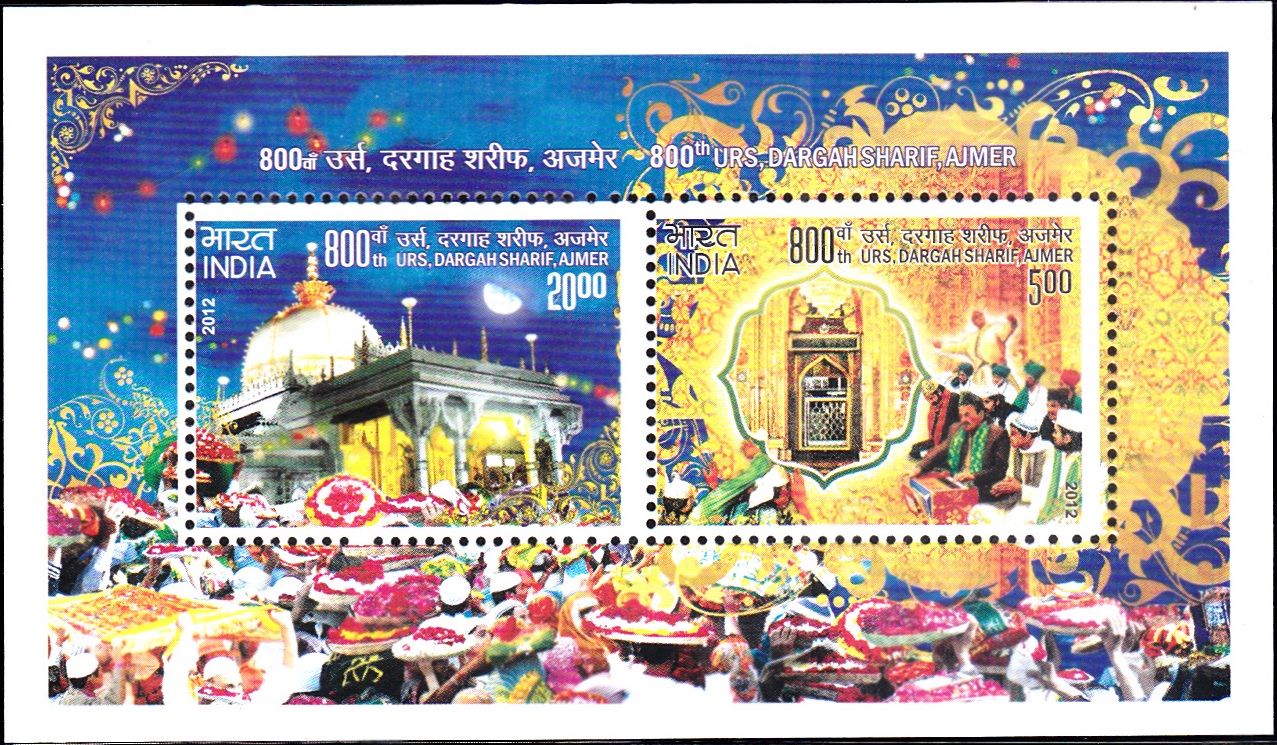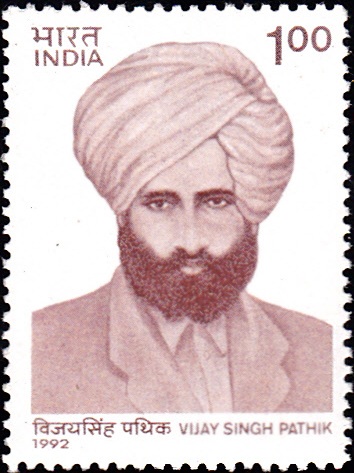
Vijay Singh Pathik
A commemorative postage stamp on ‘Rashtriya Pathik‘ Bhoop Singh Gurjar (Bhoop Singh), an Indian revolutionary :
 Issued by India
Issued by India
Issued on Apr 29, 1992
Description of Designs : The stamp has been designed by India Security Press, Nashik, the First Day Cover by Sankha Samant and cancellation is by Alka Sharma.
Type : Stamp, Mint Condition
Colour : Single Colour
Denomination : 100 Paise
Overall size : 3.91 x 2.90 cms.
Printing size : 3.55 x 2.54 cms.
Perforation : 13 x 13
Paper : Indigenous Un W/M Gravure Coated Gummed Stamp Paper
Number Printed : 6,00,000
Number per issue sheet : 35
Printing Process : Photogravure
Printed : India Security Press
Name : Bhoop Singh Gurjar
Born on 1882 at Guthawali, Bulandshahr district, Uttar Pradesh, India
Died on 1954 at Ajmer, Rajasthan, India
About :
- Vijay Singh Pathik was born in 1882 in Guthawali, District Bulandshahar. His father’s name was Hamir Singh and mother’s name Kamal Kunwari. He was named Bhup Singh but after being implicated in the Lahore conspiracy case in 1915, changed his name to Vijay Singh Pathik. His grandfather had sacrificed his life in the struggle of 1857 in Bulandshahar district and this had influenced him deeply and he grew into a revolutionary, freedom fighter and satyagrahi and courted arrest many a time.
- He belonged to a poor family and had little formal education. However, he had a sharp intellect and keen literary perception. He developed these faculties and became well-versed in several languages with a good mastery over philosophy, political science and history. He became a prolific writer of great distinction and was a specially renowned poet and story writer besides being a fearless journalist and an eloquent speaker.
- After pursuing the life of an active revolutionary, he went to the backward areas of Mewar in 1919-20. He started Satyagraha against the cruel oppression of the inhabitants of these places. His success in this campaign brought him all-India fame. He also initiated a number of schemes to enable the Bhils to lead a better social and economic life, free from the curses of old customs and practices.
- He was jailed for having led the Kisan agitation in Bijoliyan against the ruler of Mewar. Pathik was invited by the Kisan Panchayat, Mahila Mandal and Yuvak Mandal to come and give them a lead. It was solely due to his efforts that the women in Mewar had begun to get respect from their menfolk. Pathik tried to create proper conditions for the social, moral and economic upliftment of the people of Mewar. He said that men and women are equal. Women should be offered equal opportunities to render service to the nation. He told women that their first duty was to educate their illiterate sisters.
- When Pathik came to Rajasthan, it was divided into separate feudal states under the name of Rajputana. He called this place ‘Rajasthan‘ and started his own independent Hindi weekly, the ‘Rajasthan Sandesh‘ from Ajmer in the late twenties. But due to his political activities and also for the lack of adequate funds, this paper had to be closed down. Again in the mid-thirties he started another Hindi weekly, the ‘Nav Sandesh‘ from Ajmer. It was immensely popular among the people, but had a chequered existence as it was banned by the Government during the Quit India Movement. Later, he edited ‘Naveen Rajasthan‘, ‘Rajasthan Kesari‘, etc.
- He expressed his views on different subjects through the Hindi weekly ‘Tarun Rajasthan‘ also. He was popularly known as a Rashtriya Pathik. He was also a prolific writer of great distinction. Some of his books are ‘Ajay Meru‘ (a novel), ‘Pathik Pramod‘ (a collection of stories), ‘Pathikji ke Jail ke Patra‘, ‘Pathik ki Kavitaon ka Sangharsh‘, etc. He was also appointed the President of the Rajputana Madhya Bharat Provincial Congress.


